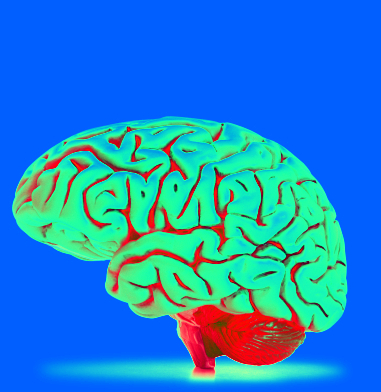ADHD rise studied
 Approximately one in ten children in the US has been diagnosed with Attention Deficit Hyperactivity Disorder (ADHD).
Approximately one in ten children in the US has been diagnosed with Attention Deficit Hyperactivity Disorder (ADHD).
New research, which analysed data from the 2022 National Survey of Children’s Health, indicates a significant increase in ADHD diagnoses over the past five years.
The findings reveal that about one million more children aged 3-17 were diagnosed with ADHD in 2022 compared to 2016. This brings the total number of children with ADHD to approximately 6.5 million in 2022.
Researchers highlighted that among these children, 58.1 per cent have moderate or severe ADHD, and 77.9 per cent have at least one other co-occurring disorder. Additionally, 53.6 per cent of children with ADHD are taking medication, while 44.4 per cent have received behavioural treatment in the past year.
Notably, nearly one third of these children have not received any specific treatment for ADHD.
The analysis showed that the estimated prevalence of ADHD in the US is higher than comparable estimates from other countries.
The researchers noted that the increase in ADHD diagnoses could be attributed to greater awareness of the disorder, especially in girls and ethnic minorities.
The COVID-19 pandemic also likely played a role, as lockdowns may have made it easier for parents to notice their children's symptoms.
“Public awareness of ADHD has changed over time,” the authors say.
“ADHD was historically described as an externalising disorder with a focus on easily observable hyperactive-impulsive symptoms and was thought to primarily affect boys.”
The study also found that sociodemographic factors influence ADHD diagnosis rates.
Children from lower-income households and those with public insurance show higher prevalence rates. Geographically, the Northeast, Midwest, and South have higher prevalence rates than the West, and rural or suburban children are more likely to be diagnosed than urban children.
Additionally, certain racial groups were found to have lower diagnosis rates compared to others.
The study uncovered disparities in treatment as well.
Hispanic children and those from non-English-speaking households are less likely to take ADHD medication, while children with both public and private insurance are more likely to receive medication than those with private insurance alone.
These trends also apply to other behavioural treatments, such as mental health counselling.
“Shifts in patterns of treatments may also be affected by changes in the demographic distribution of who receives ADHD diagnoses,” the authors said.
They observed that the gender gap in ADHD diagnoses appears to be narrowing, with the previous ratio of boys to girls diagnosed with ADHD being more than 2:1.
The research team hopes their findings will help clinicians understand diagnosis and treatment patterns better, aiding in more informed clinical practice.
They also aim to assist policymakers and healthcare providers in planning for the needs of children with ADHD, ensuring access to necessary care and services.
Future research, the team suggests, should explore patterns of service delivery during and after the COVID-19 pandemic, as well as the uptake and discontinuation of ADHD medication.
They also recommend investigating the receipt of evidence-based behavioural treatments and other services such as those provided in schools.
The study acknowledged certain limitations, including its reliance on parent-reported data, which may not always align with medical records or clinical evaluations.
Nonetheless, the researchers emphasised the importance of their findings, given the high percentage (92.6 per cent) of those who ever had an ADHD diagnosis continuing to have current ADHD.
For the small percentage who no longer have a current diagnosis, changes in symptoms or previous misdiagnoses are the likely explanations.
The full study is accessible here.








 Print
Print